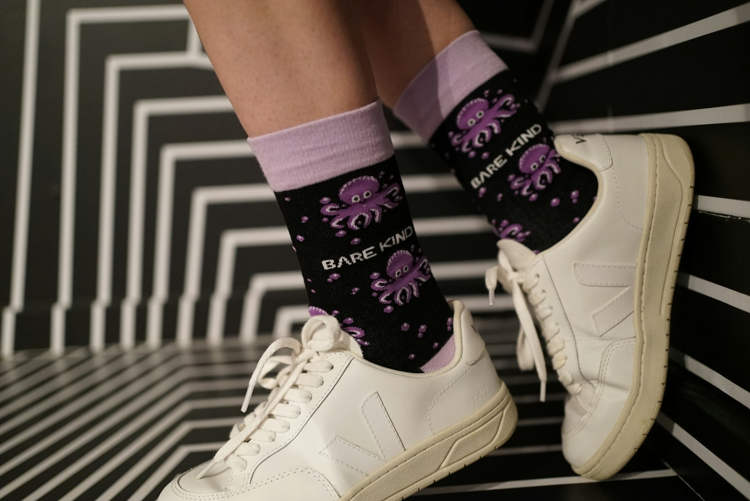For as long as he can remember, 57-year-old Jim Dunbar has never been able to make it to appointments on time. His friends and family always thought he was making excuses, but after a recent doctor’s appointment, for which he was a half-hour late, Jim was diagnosed with incurable lateness.
Jim Dunbar used to always tell people it wasn’t his fault he couldn’t make it on time for anything, but they never took him seriously. Even as a five-year-old he remembers constantly being late for school, football matches and holidays. As an adult he has left women waiting for him on first dates, lost several jobs, turned up to meals with his friends hours after the set meeting time and even showed up for funerals long after they had started. Recently, Jim tried to catch a movie at the local cinema, in Forfar, Scotland, and knowing his lateness might get in the way, he gave himself an 11-hour head start to make sure he got there on time. Dunbar knew the movie started at 7 pm, but despite his best efforts, he arrived 20 minutes late. After going through countless similar experiences, he finally decided to talk to a doctor about his problem. He was a half-hour late for his appointment at a Ninewells hospital, but he finally got an answer to the question that had been bugging him for a lifetime – “Why can’t I be on time?”



















